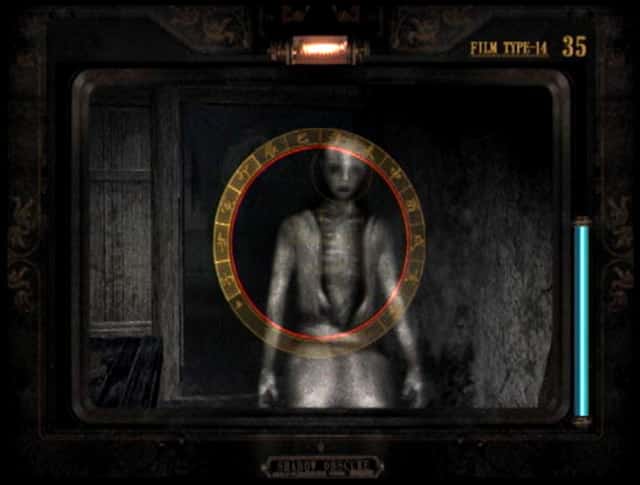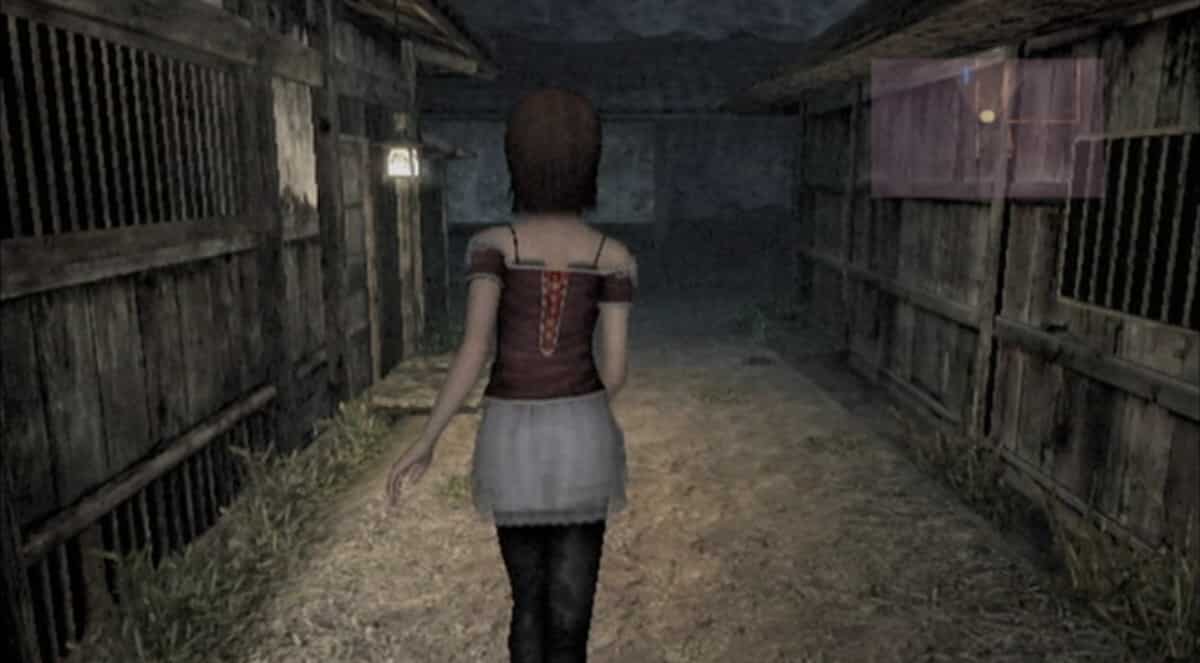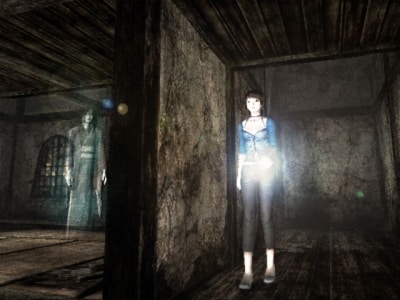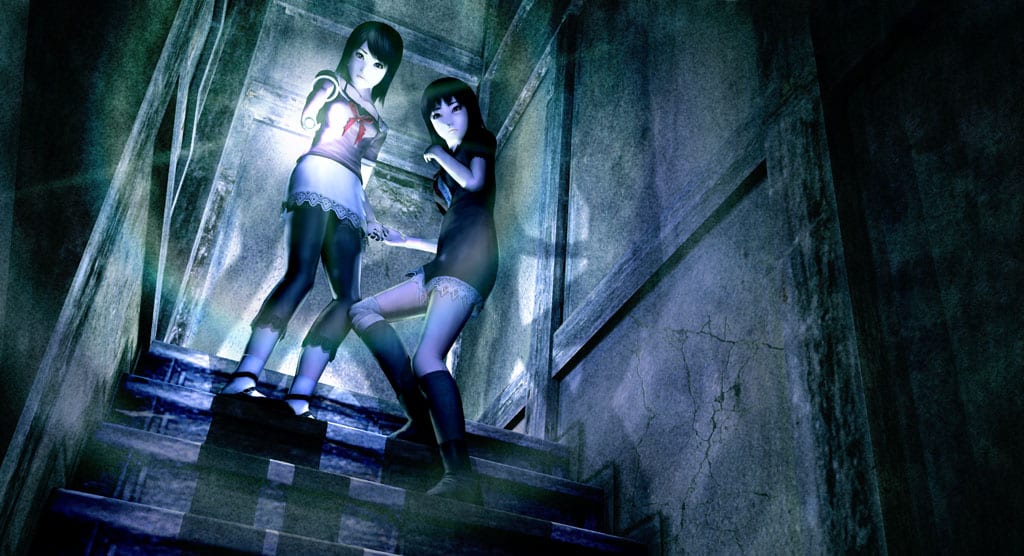Out of the three survival horror juggernauts of the early PlayStation 2 era, only one has remained more or less an enigma in the West: Tecmo’s Fatal Frame — a chilling, atmospheric amalgamation of traditional folklore, inventive combat, and intense emotional narrative. But no game just springs out of the ether — this series even more so, as Fatal Frame was largely inspired by real-life hauntings experienced by the development team.
These hauntings and curses that trickled out in interviews from all walks of the development team made this series almost as much of an urban legend as the experiences and nightmares it tried to emulate, setting it apart from any game in the history of the industry. While all other games have their art and sound direction come from storyboards, meetings, and approximations of sonic mechanics, the Fatal Frame series came from “reality.” Instead of imagining people, places, and setpieces from scratch, this development team simply had to draw upon the memories of their recurring nightmares, workplace phenomena, and eventually hauntings of the director’s own home.
To get into what made this development cycle so bizarre, we have to start where all good urban legends start: a ghost story from the game director, Makoto Shibata, in his elementary school years when he lived alongside a long, open country road.
“Often I would wake inside my futon in the middle of the night, and there would be hundreds of ‘presences’ coming down the road,” he explained. “In hushed, whispering voices they would say things that I couldn’t catch, slowly walking along, filling the width of the road. Once they reached the curve in front of our house, they would always vanish.”
Over time, he became accustomed to it, and with all the curiosity of a young mind he began to listen to the voices he thought he heard. He always made sure to never look upon the presences, fearing that if they sensed his gaze that they would change their direction and come after him. Upon receiving a “half-broken camera” from his father, his imagination deepened.

“What would happen if I used this to take a photo of the procession?” he thought. “Even if I didn’t look, the moment I took the photo, would those ‘presences’ flood towards me?” However, his fears deepened and he imagined his parents finding his room empty after he was taken away by the procession, so he never took a photo and the camera later broke beyond use.
Decades later, this camera and these “presences” would become the crux of Makoto Shibata’s Project Zero, known in the West as Fatal Frame. During production of the original trilogy, (Fatal Frame, Crimson Butterfly, The Tormented) Shibata would mimic the voices of the “presences” he had heard as a child, the creatures he’d see in his nightmares, and the hauntings that soon began to plague the office.
One particular memory that directly influenced a game set piece involved the night after his grandfather had a nasty fall, which necessitated taking him to the hospital. Shibata’s home was quiet afterward, but he heard slow steps coming up the stairs and stopping outside the door to his room. Shibata took the terror and mystery he felt from that strange and threatening presence and seemingly translated it into the twins in Crimson Butterfly being stalked and accosted by a vengeful spirit. As Shibata had done, the twins hid behind a door, listened to footsteps, and stood at the doorknob almost paralyzed and waiting for whatever it was to enter.
Using his own memory, he could likely fine-tune the scene more efficiently than he could have if it were a scene completely created from scratch. A real experience had a real emotion that Shibata understood how to convey.

In this way, the process of making these games already stood apart from that of any horror game at that time. There is a certain intimacy and urgency that comes from personal stories and deep-seated memories of fear. It’s why we love campfire stories so much. It’s why we wait in the dark around dim lighting for that tingle at the nape of our necks and for our minds to start filling in the gaps and play tricks on us. Similarly, this wrinkle in the veil of reality began to affect the wider development team itself.
At night especially, peculiar events occurred at their office. A woman who stayed late alone on the floor heard a clicking keyboard that would stop when she went to investigate and then begin again when she sat back down. Apparently this was a common enough phenomenon that another coworker who stayed late alone had simply gotten used to the mysterious clacking.
This practice of “getting used to it” became routine, and there were many more recorded instances of strange phenomena at the office or in people’s homes, such as a voice actor hearing loud knocks inside an apparently soundproofed recording booth. Some staff even began to wear charms to ward off curses. Naturally, these experiences also began to make their way into the games themselves, enhancing the atmospheric anxiety present in Fatal Frame III: The Tormented, again providing a real-life barometer for the atmosphere and visuals to replicate rather than a simple calculated jump scare.
Maybe it was the long hours and overnighters making the staff more susceptible to the grotesque material they were helping to create, or maybe the haunting was real. But the result was the same either way, and strange sounds heard were replicated as much as humanly possible by the sound designers and directors. At times, the unexplainable sounds were directly recorded and inserted into the game.

Things came to a head in late 2002 when Shibata claims a spirit of a woman accosted him in his own home. She had shoulder-length black hair and maybe a white dress or kimono and was lying face-down on his futon. Shibata stared at her for a while before he flipped a light switch, but the light didn’t turn on. The presence stayed, motionless, for a while until Shibata snapped and shouted in frustration. At the sound, the spirit finally melted away into the air.
During development of Fatal Frame 3, a purification was finally performed for the team in consideration of the fact that game research would have them visiting assorted haunted places. Strange phenomena reportedly increased after that rather than dissipate, but the game was completed all the same.
While most games ground their horror stories solely in the impersonal hearsay of folklore and urban legend, the Fatal Frame trilogy went a step beyond. In infusing the games with the development team’s lived experiences, they created a horror that was more real than real: a heightened experience that may stand alone as the first “haunted” development cycle. While we love reading creepypastas of haunted video games that attack the player, rarely do we hear stories of the supernatural experienced by devs themselves.
Now, over a decade later, only the legends and stories remain — and maybe the whispers and moans of spirits captured in the game files. It’s another ghost story now, as much a product of the game as it was a product of those few floors of developers at the Tecmo office in the early 2000s, and without that story, we may never have gotten three of the most chilling titles in survival horror.






Published: Mar 24, 2020 03:08 pm